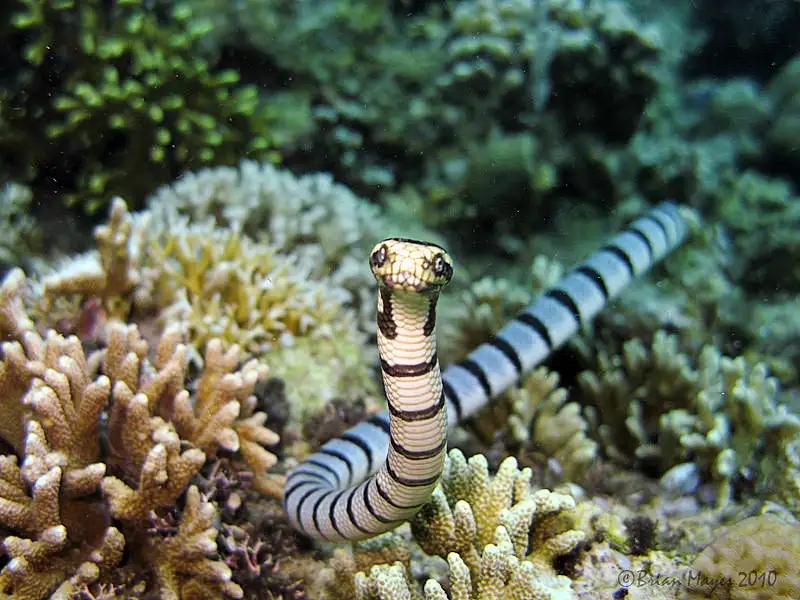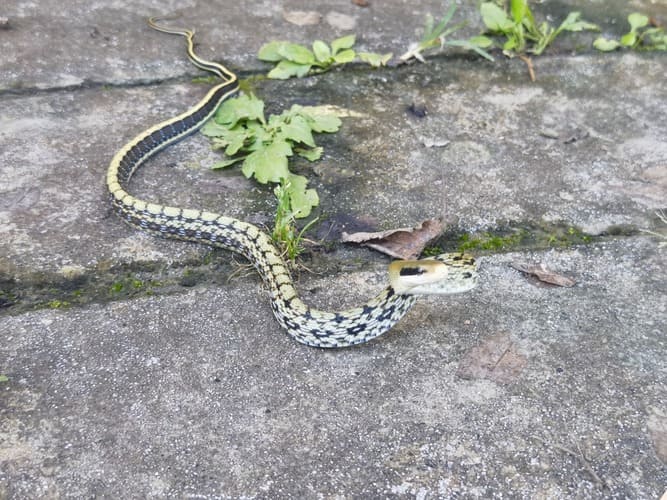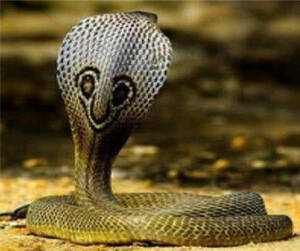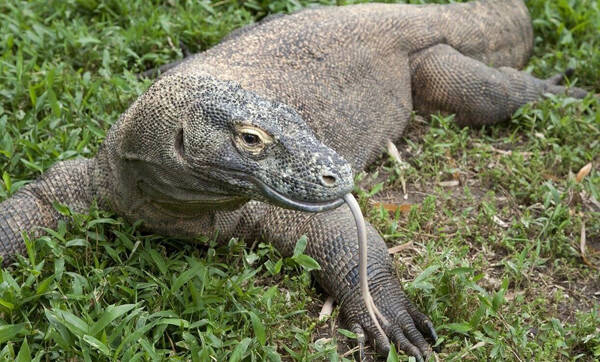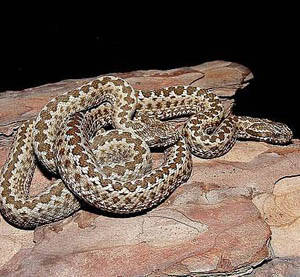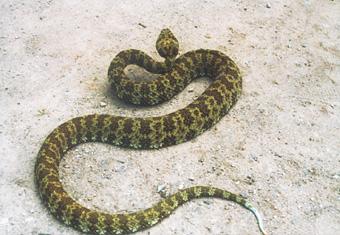Eryx tataricus
IUCN
LCBasic Information
Scientific classification
- name:Eryx tataricus
- Scientific Name:Eryx tataricus,Earth stick
- Outline:Squamata
- Family:Pythonidae S.python
Vital signs
- length:75-120cm
- Weight:No verification information
- lifetime:10-16years
Feature
There are circular spots of the same color across the sides
Distribution and Habitat
Worldwide distribution: Afghanistan, China, Iran, Kazakhstan, Kyrgyzstan, Mongolia, Pakistan, Tajikistan, Turkmenistan, Uzbekistan.
In China, distribution: Xinjiang Uygur Autonomous Region, Inner Mongolia Autonomous Region, Gansu Province, Ningxia Hui Autonomous Region.
Appearance
Small in size, with unclear head and neck, the whole body is covered with small scales, short tail, blunt at the end. Generally 400 mm long, the maximum total length of female is (418+34) mm, the back of the body is light brown and brick red, with dark brown horizontal stripes. The ventral surface is grayish white with black spots, and there is no difference in color between juveniles and adults. The snout scales are wide and low, with a triangular protrusion in the middle bending toward the back; the left and right front nose scales are tangent behind the snout scales; the nostrils are small and slit-shaped, located between three nose scales, and the front nose scales are the largest; the eyes are small, close to the back, there are 7-8 scales between the two eyes, and there are 8-12 scales around the eyes; there are 11-12 upper lip scales; the lower lip scales are smaller, 19 on each side. The dorsal scales are small, 41-47 rows, smooth and without edges; the ventral scales are large
Details
The Eastern Sand Boa is a reptile of the genus Eryx tataricus in the family Python, commonly known as the Earth Stick.
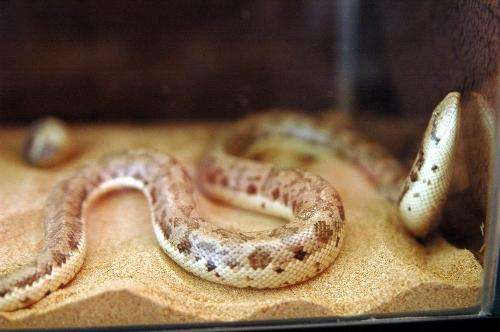
Compared with other species, the Eastern Sand Boa is very active and very docile - but some young individuals and male individuals in general estrus are exceptions.
Sand boas have a wide range of diets. Of course, individual differences are not excluded. Generally speaking, they will prey on mice, lizards, birds, etc.
It is generally believed that the Oriental sand boa is sexually mature at the age of 4. There are also reports that male individuals can be considered mature when they reach 50 cm.
Listed in CITES Appendix: Ⅱ
Listed in the "List of Terrestrial Wildlife with Important Economic and Scientific Research Value under State Protection" issued by the State Forestry Administration of China on August 1, 2000
Listed in the 2013 IUCN Red List of Threatened Species Ver3.1—Vulnerable (VU).
Listed in the China Biodiversity Red List—Vertebrate Volume, with an assessment level of Endangered (EN).
Listed in the second level of the China National Key Protected Wildlife List.
Protect wildlife and eliminate game.
Maintaining ecological balance is everyone's responsibility!

